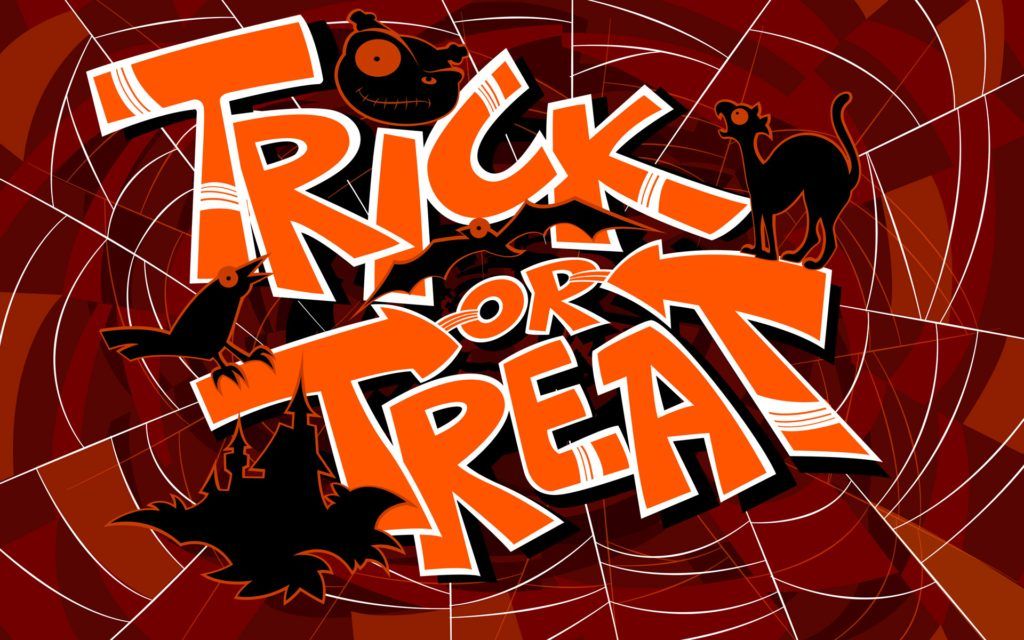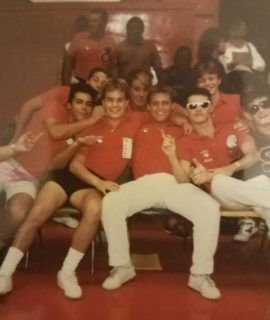No Moore “Trick or Treat” in development!
It’s Halloween, of course, and we just couldn’t let an analogy with development work pass us by without a discussion about one of the worst things a fundraiser (development person in any industry really) can do when it comes to donor relations – “Trick or Treat” a donor/client in order to get initial cultivation appointments.
Sure, we have heard the issue commonly expressed as the a “Bait & Switch” tactic as well. For those us of that avoid the tactic, cheers to you! There are still way too many that use it every day and it impacts many aspects of relationship building beyond your individual organizations. For example, more and more donors have grown weary of it and are likely to say “no” to a meeting request from the get-go. Let’s break down the Trick and the Treat scenarios separately.
Trick:
When donors/clients receive that call or email requesting a meeting, we know they are considering whether or not it warrants their time and resources to meet with us. What’s in it for them, right? After all, time is our most limited and most valuable resource. Unfortunately over the years, many people in the development profession took that to mean that we should avoid the “no” by being vague as to the real reason we want to meet. Heard this one before, “Hey, just want to drop by to catch up, see how you are doing.” Or, “I am going to be in the neighborhood tomorrow – mind if I swing by for a few minutes?” And the worst, visiting someone cold – the unannounced drop by!
IF you avoided an objection and were actually able to get the appointment, the conversation quickly transitioned from light rapport building to an out-of-left-field ask for a gift or a product dump for them to consider. You can imagine the shock on the donor’s or client’s face!

It has probably happened to you as a donor or consumer.
Nothing diminishes trust and tarnishes our efforts more that someone taking this “tricky” shortcut to building lasting relationships. Sometimes this is a result of coaching results versus behaviors due to a lack of structure and process within the organizations or business. We don’t like to hear “no” either, I get it. That should not keep us from being totally up front as to why we want their time and it should not allow for shortcuts.
If you can not identify a value proposition – or a case for support – in order to get appointments, then don’t pick up the phone until you do. You have to convey what’s in it for them. Lastly, we should be actively listening and learning about donors and clients by using a question sequence that allows us to identify their needs and interests – not by trying to sell something (cause or product) because we have goals to meet/exceed.
Treat:
Bankers were known for this for years – open a checking account with us and we will give you a toaster! Remember that? The relationship lasted about as long as it took a competing bank to offer something better – maybe a microwave! Now that’s building lasting relationships. (sarcasm)
These days fundraisers and the like think delivering cookies, flowers, free tickets, cards, etc. gives them a pass to make an ask following the donor’s or client’s euphoric response to said gift. Soften them up and surprise ask! No. Not cool. Again, we are talking about the initial cultivation meetings with folks that may/may not have given to your organization or done business with your company yet. How you bring them into the fold may be the same reason they leave. Think about it. The next person may offer something a little better to get their business or donation – why base your relationship on that? Instead, use your experience and expertise as a relationship builder to become known, trusted and liked.
As you consider your calling activities and your approach to getting appointments, be willing to do it differently than most. Separate yourself from the competition. You can use a relationship building philosophy (i.e. sales process) that incorporates authentic communication and inquisitive question sequences versus a “Trick or Treat” maneuver. Yes, it requires time, space, and a focus on coaching behaviors, not results. And it will also build trust and make lasting connections – tricks and treats are temporary. Your donors and clients will tire of our fooling.
Happy Halloween all!





